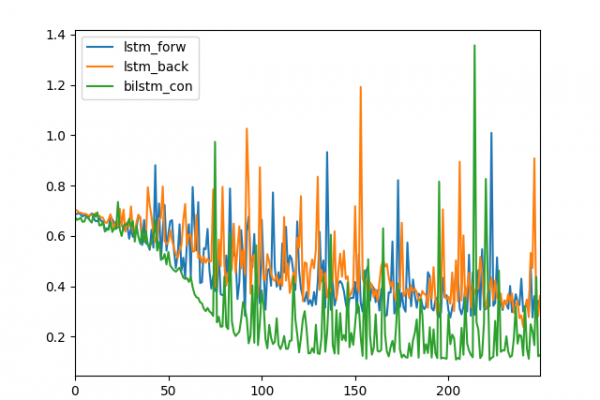Crash Course in Recurrent Neural Networks for Deep Learning
Last Updated on August 14, 2019 There is another type of neural network that is dominating difficult machine learning problems that involve sequences of inputs called recurrent neural networks. Recurrent neural networks have connections that have loops, adding feedback and memory to the networks over time. This memory allows this type of network to learn and generalize across sequences of inputs rather than individual patterns. A powerful type of Recurrent Neural Network called the Long Short-Term Memory Network has been […]
Read more








